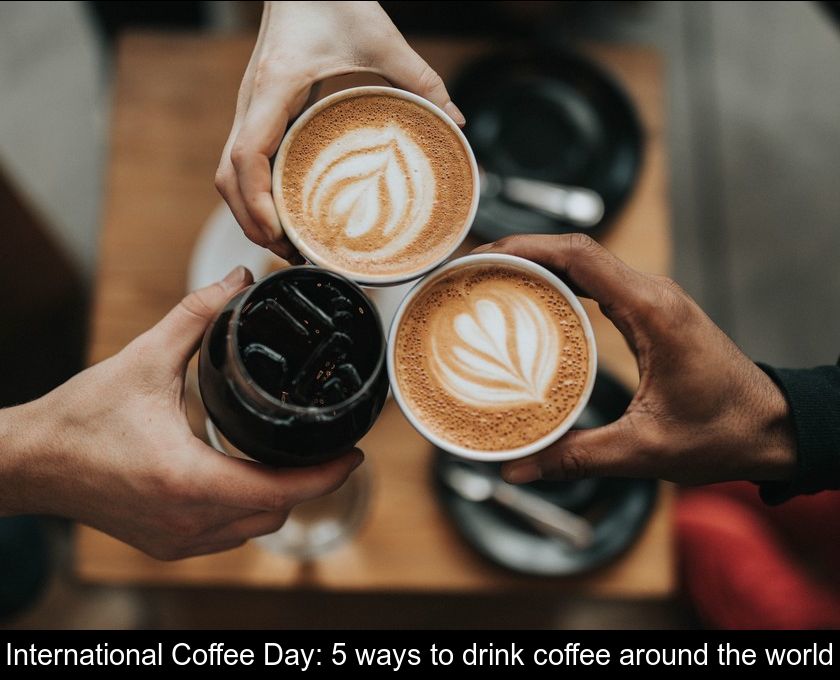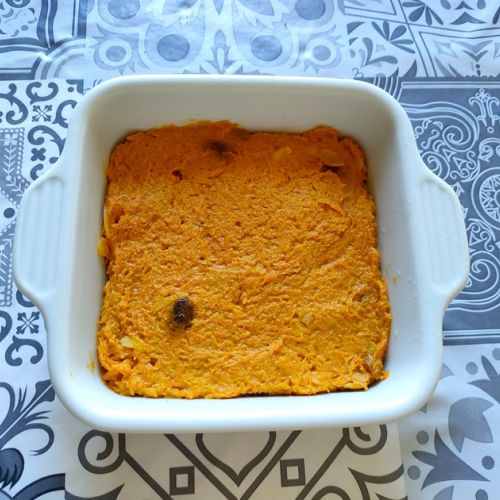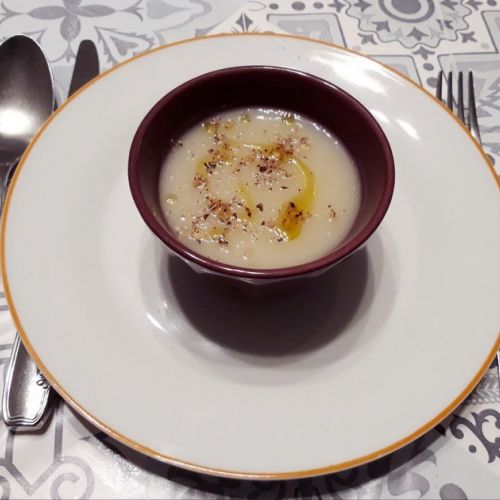International Coffee Day: 5 Ways To Drink Coffee Around The World
October 1st is International Coffee Day. On this occasion, we invite you to take a little trip around the world to discover the traditions and consumption habits related to this beverage. We propose to explore 5 ways of drinking coffee in different countries in Europe and around the world.
In France, it is accompanied by a glass of water or a croissant.
Maybe you are planning to go get a caffeine fix in a Parisian café to celebrate International Coffee Day on October 1st... In that case, be sure to specify what type of coffee you want when placing your order! In France, you can have a short or long espresso, but also a café crème or noisette.
A noisette is a coffee with a drop of milk added, while a café crème is topped with a thin layer of fresh cream or sometimes a splash of milk.
As a general rule, your cup will be served with a glass of water, a tradition that France borrowed from Italy. For Italians, the water is used to cleanse the palate before drinking their espresso in order to better appreciate the coffee's flavors. But the French also like to drink water after their coffee to prevent the beverage from staining their teeth...
If you order a breakfast set during the morning, your espresso will most likely be accompanied by a glass of orange juice and a pastry like a croissant (another iconic symbol of France!).
2- In Spain, it is sometimes alcoholized.
In Spain, a well-established tradition dictates that after dessert, a coffee with alcohol called carajillo is served. If you are invited to lunch or dinner at a Spanish household, it is very likely that you will be served this short coffee with a drop of brandy, rum, or spirits.
However, it should be noted that this custom is not exclusively Spanish. It also exists in Italy, under the name caffè corretto (literally: "corrected coffee"), and in France as café-goutte (coffee with a drop of alcohol).
The name and composition of a café-goutte vary depending on the region and the local alcohol. To celebrate International Coffee Day, you can taste coffee-calva in Normandy and la bistouille in the North, but always in moderation, of course!
3- In Greece, you must specify the amount of sugar.
For French tourists traveling in Greece, ordering a coffee can be a surprising experience... Indeed, in this country, it is not common to drink coffee after meals. Some establishments do not offer it at all during lunch or dinner service because Greeks prefer to enjoy their coffee at other times of the day.
In the morning, they often buy a takeaway coffee on their way to work, much like Americans. They then drink it on a terrace at any time of the day, and even in the evening. As soon as the warmer days arrive, frappé coffee becomes essential in the country. But it is still possible to ask for it hot.
In Greece, you can order:
• an Ellinikos, the traditional Greek coffee that resembles Turkish coffee.
• an Italian espresso served very strong (if you like your cup to be filled, ask for a lungo instead).
• a cappuccino, which can be served cold or hot (if you want it hot, order a cappuccino zesto).
• a Gallikos, which literally means "French" coffee but is actually equivalent to our filtered coffee.
For all these drinks, the waiter will ask you to specify the amount of sugar you want:
• Sketo: for coffee without sugar.
• Metrio: for moderately sweet coffee (with one spoonful of sugar).
• Glyko: for very sweet coffee (with two spoonfuls of sugar).
Finally, if you spill coffee on your saucer, do not wipe it! Greeks see it as a sign of good luck and will tell you that you are going to make money.
4- In Turkey, its preparation is an art in itself.
In this world tour of different coffees and the traditions associated with these drinks, we must of course mention Turkish coffee, a way of preparing and consuming coffee that is common throughout the Middle East.
In Turkey, a different type of coffee is used compared to Italian espresso or French ground coffee. It is a briefly roasted and very finely ground powder.
This powder is slowly heated with water, without boiling the mixture, in order to obtain a layer of coffee that settles at the bottom of the cup. In Turkey, this beverage is prepared in a special kettle called an "ibrik" or "cezve". It is a kind of narrow small pot with a long handle.
Unlike the French and Italians who quickly drink their espresso, Turks enjoy savoring their coffee slowly, in small sips. They also have the custom of reading coffee grounds as they see signs of love or good fortune at the bottom of their cup.
5- In Sweden, coffee break is called fika.
In Sweden, the main coffee-related tradition is "fika". In this country, fika is a true institution, both in private and professional spheres.
Swedes are big coffee drinkers and this family, friends, or colleagues' coffee break is a daily ritual deeply rooted in their culture. Coffee is always served with a local pastry to nibble on, such as a cinnamon or cardamom bun.
Many companies have institutionalized morning and afternoon coffee breaks because fika is more than just a gourmet break. It is also an opportunity to strengthen social bonds. If you want to do as the Swedes do, why not invite a few friends over for an espresso and a cake to celebrate International Coffee Day together?













